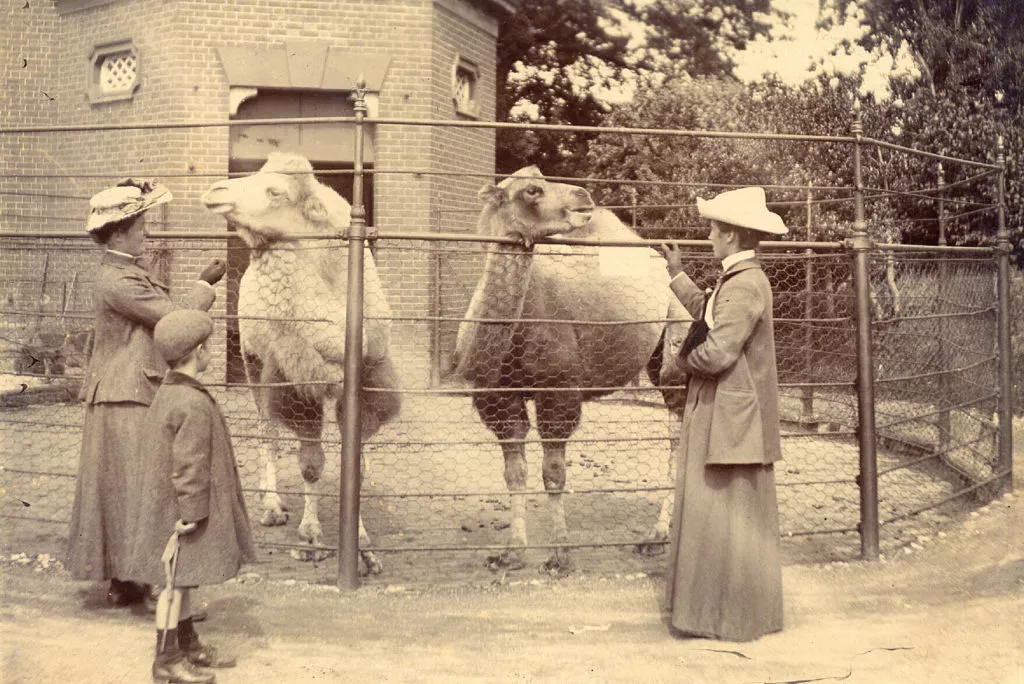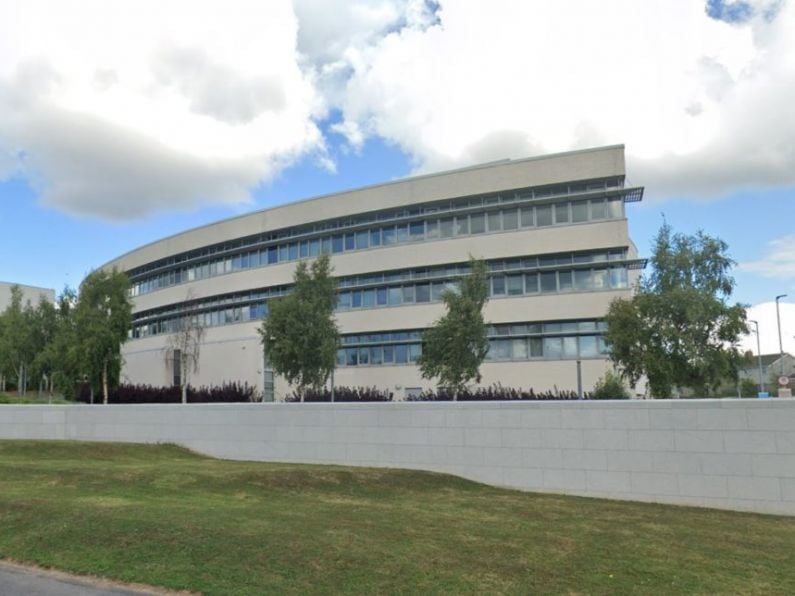Dublin Zoo is celebrating its 190th anniversary.
Since its opening in 1831 with a small collection of animals, Dublin Zoo has become one of the world’s leading zoos and a world-class centre for conservation.
The Zoo has a long history which has many significant milestones including how it became ‘the people’s Zoo’ when admission prices dropped to a solitary penny on Sundays in 1840 to surviving the Easter Rising in 1916, as well as witnessing the birth of so many endangered animals along the way.

Dublin Zoo is celebratinhg its 190th anniversary.
To mark the occasion Dublin Zoo are asking the public to vote for their favourite memorable moment from the Zoo’s long history, with a winner chosen at random to receive a family pass to Dublin Zoo and themed 190th anniversary merchandise.
The shortlisted moments are:
- Dublin Zoo opened its doors for the first time on September 1st, 1831 to members of the Zoological Society of Ireland. For visitors who could afford the six pence entrance fee, there was a small collection of animals on the four-acre site situated to the east of the lake. It included a wild boar, deer, macaws, cockatoos and a pair of emus.
- In 1840 the Zoological Society decided to allow the general public in for a penny on Sundays. This made the Zoo affordable to the working classes of Dublin and established a bond between visitors and the Zoo, which continues to this day.
- In 1857, lion cubs were born for the first time at Dublin Zoo after the purchase of two lions named Natal and Natalie in 1855. Nearly 600 African cubs were born over the next 100 years.
- The Easter Rising, 1916. When fighting broke out in the city on 24 April, visitors and most staff left and the Zoo closed. The superintendent, Benjamin Ferrar, a medical doctor, was on duty in the hospitals. His wife, Isabella, took charge and was assisted by three young keepers. During the first week, the fighting came close to the Zoo; there was also a shortage of food for the animals. The Zoo remained closed for two weeks but during the second week after the fighting had ceased, supplies of food could be delivered.
- 1963 saw the last day of ice-skating in Dublin Zoo, a popular winter pastime at the zoo that provided entertainment in the freezing weather since 1864. At times there were up to 300 people skating on the ice. The Zoo opened late, the staff swept the ice, oil flares lit up the lake and hot drinks were available. When the ice broke, as it did on at least two occasions, there were ladders, cork fenders and staff on hand to help the unfortunate skaters out of the water.
- In 1986, two giant pandas, Ming Ming and Ping Ping arrived with their keepers at Dublin Zoo on a goodwill visit from China. Their arrival generated great excitement and media interest at a bleak time in the country’s history. During their 100 day stay at Dublin Zoo, it is estimated that over 350,000 people came to see them.
- In 1997, after many years of lobbying, the Government granted an extension of 13 hectares of land around the lake in Áras an Uachtaráin, to the Zoo. The incoming president, Mary McAleese, approved the transfer. The land was designated for African animals and became known as the African Plains.
- 2007 saw the first birth of an elephant at Dublin Zoo. The calf, named Asha, was born to Asian elephant Bernhardine who had come to Dublin Zoo the previous year from Rotterdam Zoo with her family. In 2006, Dublin Zoo became one of the first zoos to embrace protected contact as a new approach to elephant care in its new state of the art elephant habitat, the Kaziranga Forest Trail. Bernhardine gave birth in the early hours of the morning and was assisted only by her sister Yasmin, and Yasmin’s daughter Anak, the keepers watched the event on CCTV in the director’s office.
- The Orangutan Forest opened for the first time in 2016 and was inspired by the tropical rainforests of Borneo, the orangutan’s natural environment. The habitats were fitted with nine artificial trees, some with an internal lift to send food to the top of the structure. Cables were also strung from one side of the habitat to the other, allowing the orangutans to cross over the visitor’s path to the other side.
- In November 2020, after eight months of a Covid-19 pandemic and several months of forced closure, the Zoo faced financial difficulties and called on the Irish public for support through a ‘Save Dublin Zoo’ fundraising campaign. The response of the Irish people and the Government was phenomenally overwhelming, and several million Euro were raised within just a few days, allowing Dublin Zoo to stay open.













